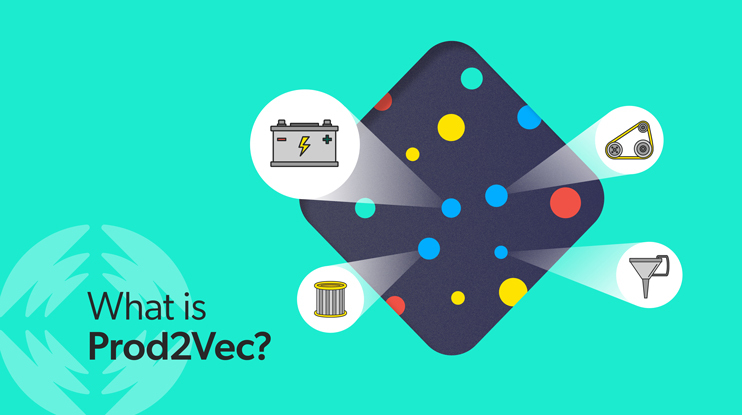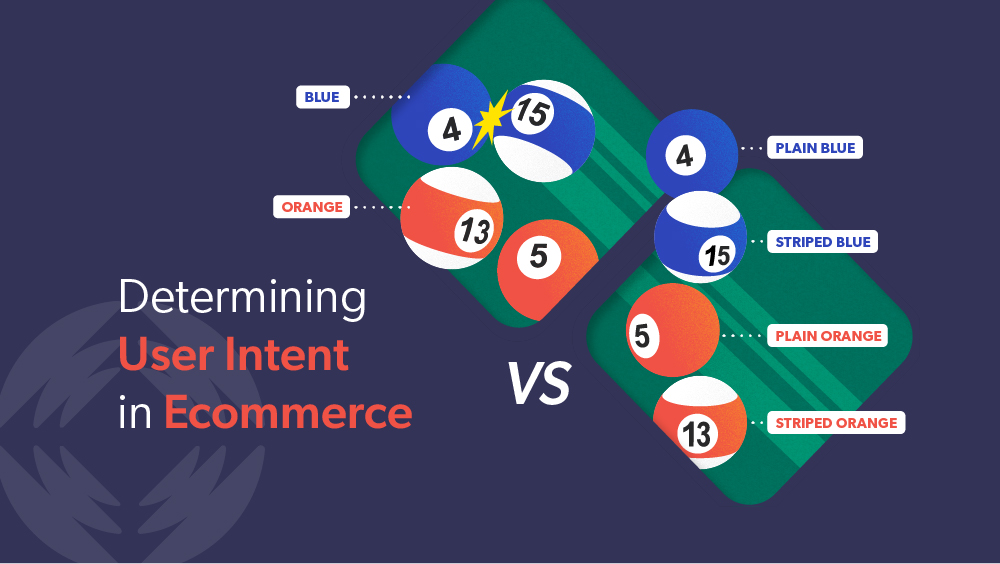Have you searched for something on Google Drive or SharePoint lately? Better question – have you actually found it? Sure, if the name of what you are looking for is the name of the document and there is only one in existence.
Quixotically, though Google made its bones as a search company, Drive’s search is pretty weak. It does not seem to prefer recent documents in search over older documents. If you search on keywords in the documents instead of the titles, it is next to useless. In short, the results are not very relevant.

Given the centrality of search to everything we do online, this is a big problem.
Experiences are nothing without search
Search is the center of our universe. In the early days of computing, we navigated to things. We organized data into neat little folders with a neat ontology. We still organize things, but clicking down a path of folders is not how we find documents or anything else. There are just too many to navigate to in our busy world! We no longer want to travel to our destination – we want to be transported to it, instantly.
Search is the center of commerce. After 2020, if anyone still has doubts that search is an essential part of retail, ecommerce, or even business to business sales, then they live in a very different world from the rest of us.
With social distancing and the mere tension of in-store shopping, shoppers moved even more of their purchases online, but so did businesses. No one is willing to navigate from department to department down a tree on your online store to get there. If the thing a shopper needs is not near the top, they will leave, as they know that there are 100 other sites where they’ll be able to find it instantly.

Search is the center of our work life. In the beforetime, when conversations were face to face, people might ask, “have you heard of” something. In our Zoom, Teams, and Hangouts world, people just throw out terms, and we google them in the background.
On an intranet or even web applications, we use search as the center of the interface. If it is not the center of the interface, we find the web app frustrating. No one wants to learn all of the application’s menus and intricacies – you just want to type in what you are looking for and get it. Applications that do not provide this instant gratification feel “old” or “clunky.”
Search is nothing without relevance
Relevance is everything in search. When you search your Drive, you want a complete search because you do not want to miss something. However, at the top, you want the best match. You want the most relevant document, not just relative to your search keywords but your context. Meaning, if I search on “relevance blog” in my Google Drive, then the doc with this blog should show up near the top even if another has more keyword matches. This document is just more relevant to me at that specific moment in time.
Relevance and rules. Some of what Drive seems to miss is that certain things are more important than others. Sure, if the title is “relevance blog,” then that is a great top result – unless it is four years older than this blog. The date is pretty crucial to the relevance of a document you would store in Google Drive, given that, you know, there’s a good chance you’re looking for something you’re currently working on.
For an Ecommerce site, timing is also of great importance. A rule says if you search “gloves,” then garden work gloves are boosted to the top in April and mittens in December. Most user searches are one word. No keyword search tuning is going to fix this problem, as the most relevant results have nothing to do with the keyword and everything to do with the context in which it is entered. Someone must provide this relevance with a rule. And while humans can certainly create effective and accurate rules, they are not enough in the world we live in today.
Deliver Relevance at Scale with Machine Learning
It is 2020 and after decades of jerky video and dropped connections, video conferencing finally works without forking over ten grand to equip a conference room. However, many companies still do not employ machine learning tools to make their sites work better.
This is problematic given that no human can create enough rules to handle all of the searches on a busy Ecommerce site or digital workplace – thousands of rules can apply in either scenario. Things change too quickly for us mere mortals to keep up with everything.

Products change.
User behavior and preferences change.
For even a small company generating data in many systems, no one is getting paid to create up-to-date delicate ontologies that capture this rapid change. I have not seen a filing clerk outside of government in decades.
The only way to deliver truly relevant digital experiences is if the search learns from the users – using both aggregate and individual user data – to deliver the most relevant results to each.
Relevance and query suggestions. As a user, I get annoyed if I have to dig through a search results page. Most of us have gotten used to query suggestions directly in the search bar that capture what we need before we even finish typing our query. Many users actually change what they are typing based on these suggestions as they better articulate what is needed.
In learning from aggregate user data to help us formulate our queries in the best possible way, these suggestions ensure that we see the most relevant results right off the bat once we land on the SERP. Sites that do not do an adequate job delivering query suggestions may lose users as they subconsciously consider those sites harder to use or find what they need.
Relevance and Automatic Relevance Tuning (ART). In today’s digital world, we expect the experiences we have online to be tailored to us as individuals. We expect all aspects of the experience to reflect our specific preferences and actions at one time and as they change over time. Whether we realize it or not, this includes the search results.
Automatic Relevance Tuning learns from both aggregate data and interactional data specific to a given user to notice what users search on and select and move the better results up in turn. It learns what fields in the document are more important based on what users are doing and tailors the results to the individual user without them even noticing it’s happening.

This is the kind of implicit personalization that users have come to expect organizations to deliver today. So while they may not notice that it is occurring, they will certainly know and become frustrated when it is not.
In Conclusion
Search is the center of your digital universe, whether in the workplace or the virtual storefront. Modern users do not expect to reach irrelevant search results—they expect to see exactly what they need right at the top. Rules are an excellent place to start but cannot keep up with all of the data and the dynamic pace of change.
In order to deliver relevance at scale, machine learning must be employed to give rise to intelligent query suggestions and Automatic Relevance Tuning. These models allow the search engine to learn from the users and adapt to the rate of change in both the data and user preferences.
Dig Deeper
To learn more about the power of automatic relevance tuning, watch Setting Up Machine Learning – part one of a three-part webinar series.
If you are already a Coveo customer, discover how you can master relevance for yourself:
- Documentation: Create an Automatic Relevance Tuning Model
- Training Resources: Coveo Academy: Machine Learning





